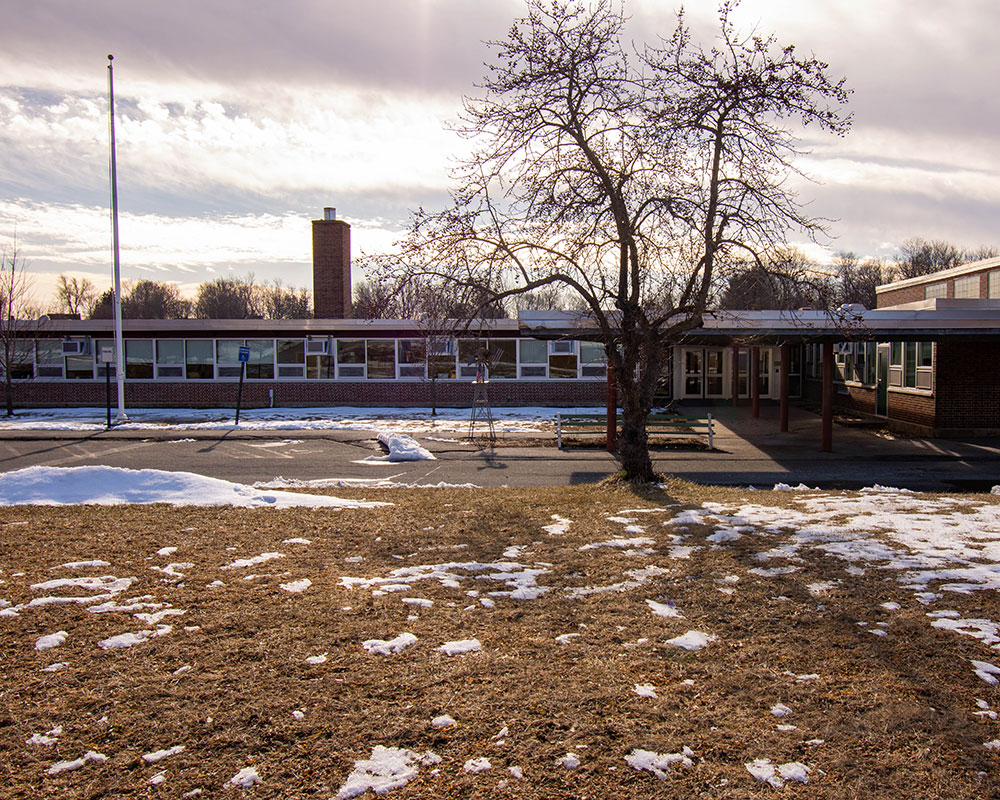Hopes for relatively quick action to replace Haverhill’s John Greenleaf Whittier School were dashed recently after the city received disappointing news from the state.
James A. MacDonald, CEO, and John K. McCarthy, executive director and deputy CEO, of the Massachusetts School Building Authority notified the city the school will “not be invited” to seek state reimbursement this year. Haverhill intended to replace the school following successful submission of the Dr. Albert B. Consentino School for repair or replacement.
“Overall, the MSBA received 58 (Statements of Interest) from 47 different school districts for consideration in 2021. In reviewing SOIs, the MSBA identifies the school facilities that have the greatest and most urgent need based on assessment of the entire cohort of SOIs that are received for consideration each year,” they wrote.
MacDonald and McCarthy said the city should consider filing another statement of interest in an “upcoming year.” They noted the request could even be resubmitted before this year’s Friday, April 29, deadline.
Despite the invitation to reapply, Mayor James J. Fiorentini told the City Council and School Committee in a letter dated last Wednesday the state will not consider the Whittier middle school until after Consentino School is “substantially completed,” the mayor wrote.
“As I indicated numerous times when this came up before the City Council and the School Committee, the MSBA has made their position clear that they will only fund one school project at a time.”
School Committee member Richard J. Rosa told WHAV Haverhill should resubmit Whittier School this year, even if only to emphasize the importance of the replacement project.
In 2019, Russo Barr Associates of Woburn said the school then required $3 million in repairs, including replacing heating and hot water systems, changing roof decking and rotted beams, rebuilding a cracked chimney and addressing locker room moisture. The assessment concluded almost all of the school’s problems can be traced to the failure of the 1957-era building’s antiquated steam heat system.
Russo Barr added the school’s walls also “could be hazardous in earthquake and high wind conditions.”

